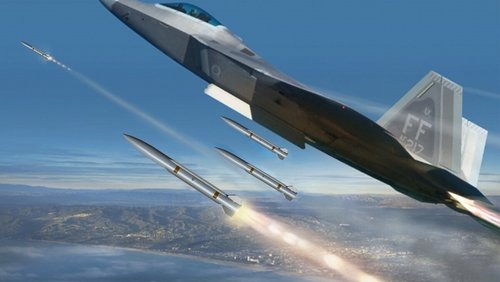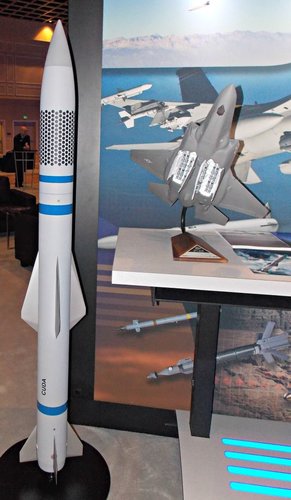- Joined
- 31 December 2006
- Messages
- 803
- Reaction score
- 363

Raytheon Unveils Medium-Range Air-to-Air Missile Project
Peregrine offers AIM-120 Range and AIM-9X maneuverability in a smaller package.
Length 6 ft., weight about 150 lb., vs. 12-ft., 335-lb. AIM-120. "Multi-mode" seeker and "high-performance propulsion", no other details. Blast fragmentation warhead vs. hit-to-kill (e.g., CUDA).




